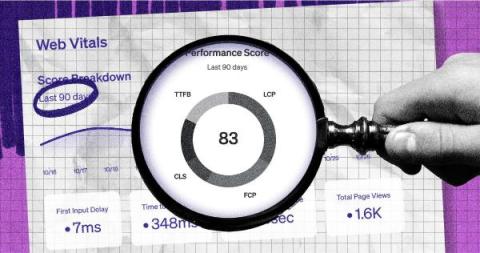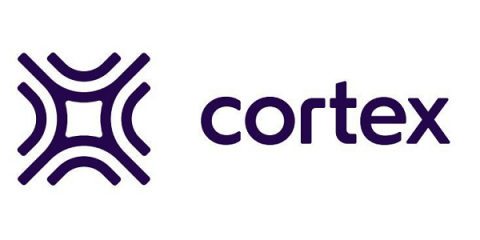Generative AI and developer experience
From its initial appearance in the dev-tools space, GenAI has had an outsized impact on how developers approach day-to-day tasks (just ask any developer about when they first started using GitHub’s copilot). While any risks are still being evaluated—like potential for introducing anti-patterns or inadvertently running afoul of compliance requirements, many engineering teams have successfully implemented GenAI with measurable gains in collaboration and productivity.











